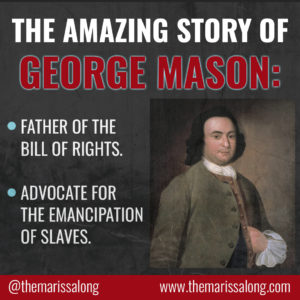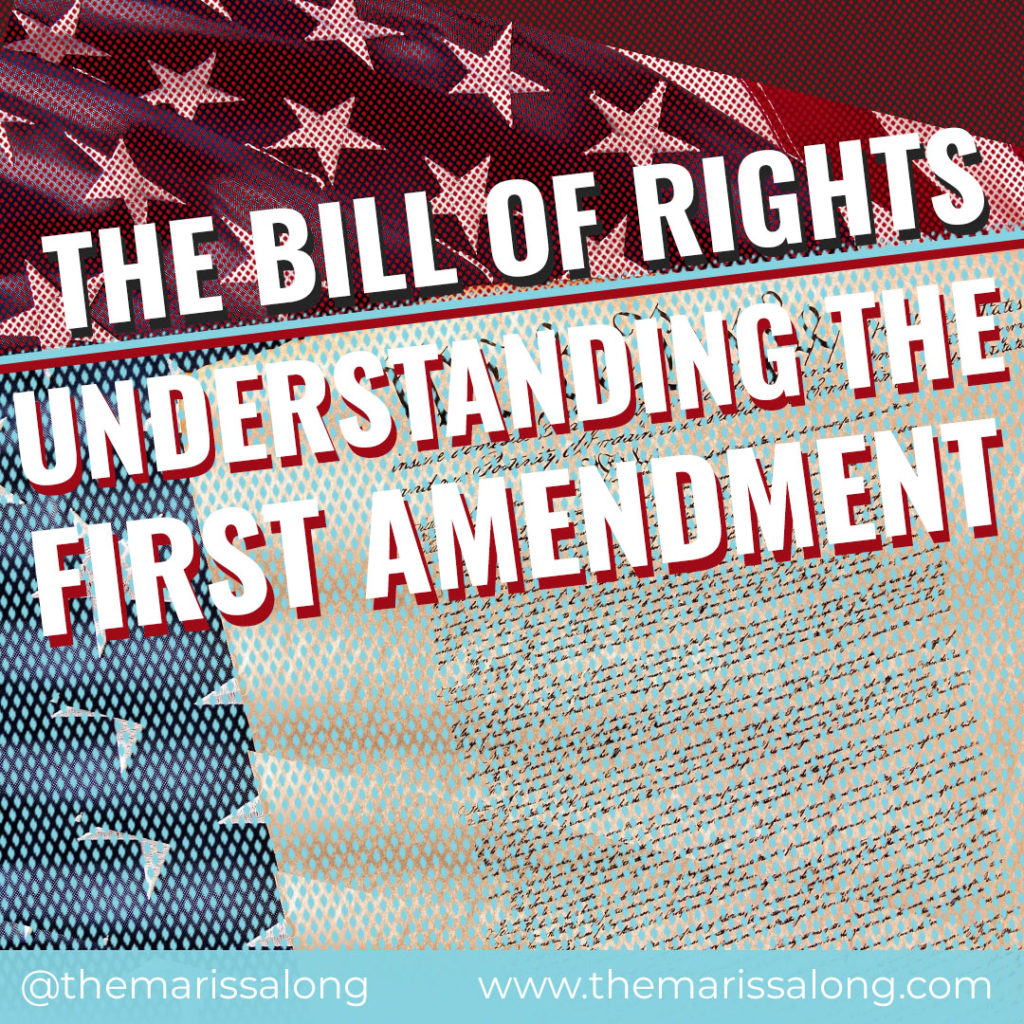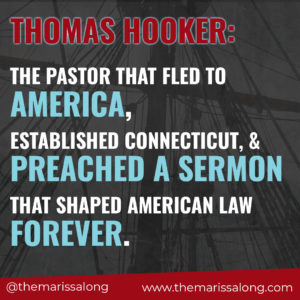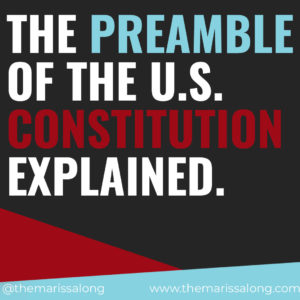The First Amendment in the Bill of Rights protects Americans’ right to freedom of speech. Unfortunately, most Americans today don’t even know the basics of what the First Amendment grants them via law. If you have wondered how cancel culture and strict censorship on social media came about, here is your answer.
America has ditched its First Amendment rights in favor of comfort and ignorance. It’s time for that to change, starting right here.
THE BILL OF RIGHTS: THE FIRST AMENDMENT
If you head over to the Bill of Rights and read the First Amendment, here is what it will say:
“Congress shall make no law respecting an establishment of religion, or prohibiting the free exercise thereof; or abridging the freedom of speech, or of the press; or the right of the people peaceably to assemble, and to petition the Government for a redress of grievances.”
THE FIRST AMENDMENT EXPLAINED
The Founding Fathers used flowery language that most Americans can’t comprehend today, so let’s break it down.
The First Amendment Protects Religion
The Founding Fathers knew what religious persecution was like. Many of them personally experienced it before they landed on American soil. Others had parents or grandparents who had passed stories of their enduring faith on to the young people.
When the Founding Fathers created American law, they wanted Americans to always have the freedom to choose and practice any religion they liked.
The First Amendment (specifically the free exercise clause) “prohibits the government from restricting religious beliefs and practices, although exceptions have been made in situations in which ceremonial practices threaten an individual’s safety or welfare” (The First Amendment Encyclopedia).
If you studied law and heard of the “three-part Lemon test, named for the 1971 Supreme Court decision Lemon vs. Kurtzman”, then you understand how the Supreme Court established the requirement “that laws have a secular purpose, that their primary effect neither advances nor inhibits religion,” etc. (The First Amendment Encyclopedia).
This protection gives Americans the right to choose any religion without fear of persecution or death for their choice. Unfortunately, as Americans have forgotten the First Amendment and the history behind it, America is rapidly turning against religion (especially Christianity) in an effort to restrict religious rights.
READ MORE! THOMAS HOOKER AND CONNECTICUT LAW.
The First Amendment Protects Freedom of Speech
Freedom of speech is something we in America take for granted, but any other country contains citizens who literally die for what they say. Any totalitarian country executes people who voice an opinion contrary to the regime. And even if a country isn’t “totalitarian”, people still do not have a law that protects their freedom of speech.
“The free expression clause guarantees the rights of individuals and the press to speak freely about issues, even those deemed controversial. Freedom of speech has generated substantial debate and legal controversy” but “the 1919 Supreme Court decision Schenck v. United States” established the clear and present danger test as “the means for deciding whether a particular speech is protected by the First Amendment” (The First Amendment Encyclopedia).

INTERESTED IN AMERICAN HISTORY? READ ABOUT GEORGE MASON: FATHER OF THE BILL OF RIGHTS.
The clear and present danger test set the precedent to uphold “speech that advocates ideas or arguments, but has declared speech that incites violence or creates a ‘clear and present danger’ to a society to be unconstitutional” (The First Amendment Encyclopedia). This ruling also protects the press and ruled “government restrictions and the licensing of media content prior to publication” as unconstitutional (The First Amendment Encyclopedia).
These interpretations include “not only talking, writing, and printing, but also broadcasting, using the Internet, and other forms of expression. The freedom of speech also applies to symbolic expression, such as displaying flags, burning flags, wearing armbands, burning crosses, and the like” (Constitution Center).
The First Amendment Protects Your Right to Assembly & Petition
And finally, the First Amendment protects your right to assembly. If a group of people wants to gather for “peaceful protests, parades, and demonstrations,” this is constitutional (The First Amendment Encyclopedia). This protection “does not extend to the right to prevent access to public buildings” (The First Amendment Encyclopedia).
In a nutshell, this clause of the First Amendment protects two things: the right to assembly and the right to petition (Constitution Center). Each word in this clause is important and historic in nature. For example, the justification for the American Revolution grew out of the fact that the Americans tirelessly petitioned King George III and Parliament “for redress of the colonists’ grievances”, and “legislatures in the Revolutionary period and long into the nineteenth century deemed themselves duty-bound to consider and respond to petitions, which could be filed not only be eligible voters but also by women, slaves, and aliens” (Constitution Center).
When John Quincy Adams was voted into the House of Representatives, he presented thousands of petitions from slaves and abolitionists petitioning to end slavery. Sadly, the House nearly rioted, and “House leadership responded by imposing a ‘gag rule’ limiting petitions, which was repudiated as unconstitutional by the House in 1844” (Constitution Center).
The January 6 protestors are being unconstitutionally imprisoned because they did not violate the First Amendment’s boundaries.
The Right to Assembly and Petition is one of the most important in American law.
LEARN MORE ABOUT AMERICAN LAW! THE PREAMBLE OF THE CONSTITUTION.
WHAT DO AMERICANS THINK ABOUT THE FIRST AMENDMENT?
With all this in mind, what do Americans today think about the First Amendment?
In September 2019, Campaign for Free Speech published polling results where “51% of Americans think the First Amendment is outdated and should be rewritten,” “48% believe ‘hate speech’ should be illegal”, and “80% don’t actually know what the First Amendment really protects”.
CONCLUSION
Americans have forgotten the price our ancestors paid to win freedom. Many paid with their lives. Others gave all their wealth, sacrificed time with their families, gave up personal pleasure, lost friendships, and ultimately those sacrifices made America.
Virginian “James Madison “proposed the initial wording for the First Amendment in the first session of the U.S. Congress, June 8, 1789:
“‘The civil rights of none shall be abridged on account of religious belief or worship, nor shall any national religion be established, nor shall the full and equal rights of conscience be in any manner, or any pretext, infringed’” (Patriot Post).
George Mason, the Father of the Bill of Rights, proposed this wording:
“‘All men have an equal, natural and unalienable right to the free exercise of religion, according to the dictates of conscience; and that no particular sect or society of Christians ought to be favored or established by law in preference to others” (Patriot Post).
After long debate and negotiations, the Continental Congress settled on the wording of the First Amendment in the Bill of Rights, guaranteeing to all Americans that they would have freedom of speech and assembly if (and only if) they maintained that precious freedom.



